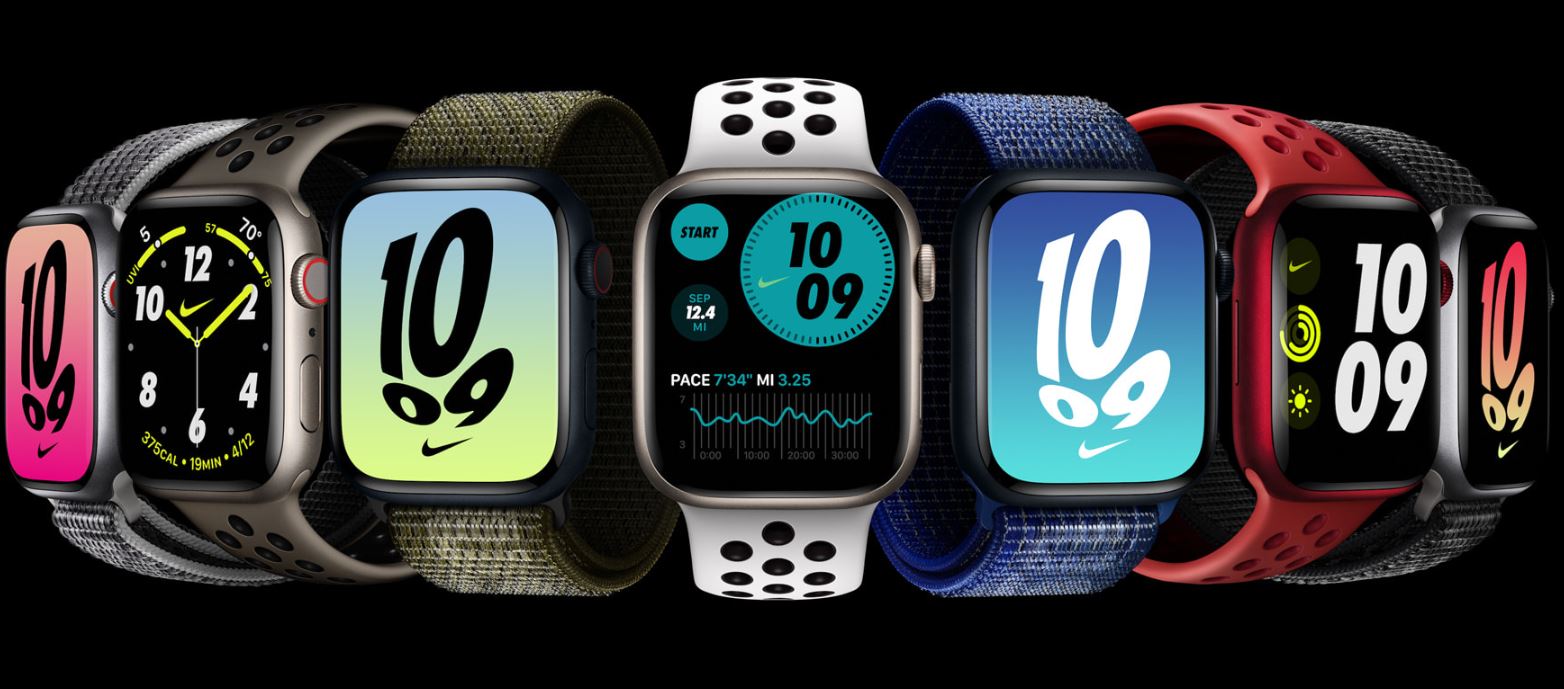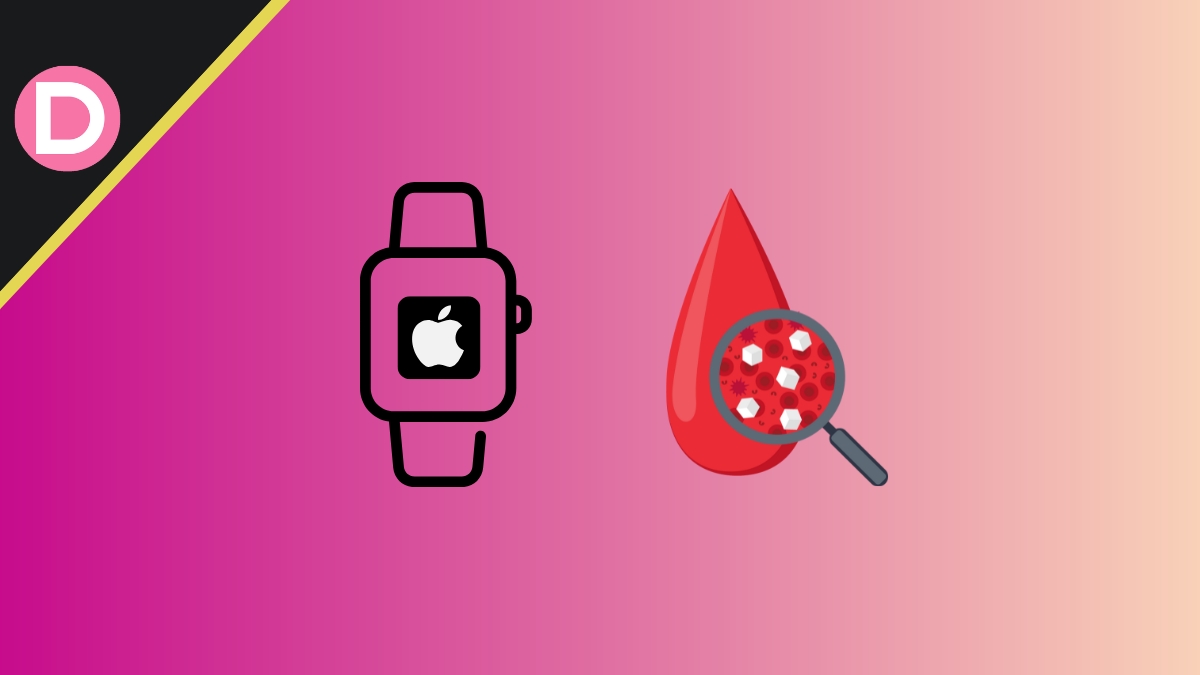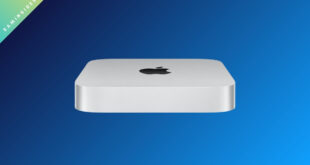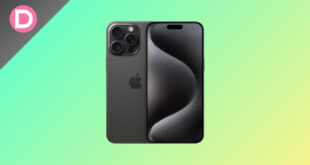The Apple Watch Series 8 wasn’t the most significant upgrade on paper, but there was one feature for women’s health. It could estimate retrospective ovulation for women using temperature sensors and previous health data.
It has the usual ECG capabilities, advanced cycle tracking, Blood Oxygen tracking, Sleep Stages, and an app to keep track of your medications.
The Apple Watch can detect inconsistent heart rates and warn about possible heart strokes.
The accuracy and usability are debatable, but these features are still a significant health breakthrough for wearable technology. Apple reportedly plans to take health even more seriously with upcoming Apple Watches.
According to Bloomberg, Apple is working on a secret but challenging project behind closed doors. This could take Apple back to the highly experimental and innovative Steve Jobs era.
Both Steve Jobs and Tim Cook run companies differently. Tim Cook is excellent at creating brand perception and increasing stock prices. Steve Jobs focused on making tech easier for the masses.
While neither approach is incorrect business-wise, many expect Apple to lead innovation instead of sitting behind iterative technology for years. These new rumors mention Glucose Blood Monitoring right from your Watch.
We know the current problems with the methods of Blood Glucose Monitoring. Blood Sugar Testing technology has evolved, but it’s still not noninvasive.
Measuring blood sugar levels is critical for those with diabetes. This will help you reach your treatment goals better and understand if you need to make any changes.
For those who don’t have diabetes, it’s still a handy tool to keep track of the sugar intake in your diet. You’ll learn how exercise and particular food affects your blood sugar levels.

What can the Apple Watch already do?
The latest Apple Watch Series 8 already has the certification of Swimproof. It has ISO Standards of 50m water resistance.
The Watch has Fall and Crash detection and an entire Electrocardiogram app. It displays a graph of voltage versus time. Doctors and health experts use it to detect the heart’s electrical activity.
The Apple Watch 8 can detect irregular heartbeat rhythms and warn you if it thinks there’s something wrong. This is done using Machine Learning algorithms and analyses of graph patterns from previous victims.
It also notifies you if your heart rate is too high or too low. Blood Oxygen (SPO2) and the usual sleep cycle tracking exist. It measures sleep quality to determine how to improve your sleep quality.
As mentioned before, it can detect temperatures and also retrospectively identify ovulation. The Apple Watch isn’t all about being health-conscious; there are a lot of fitness features, too.
You get customizable workouts and a lot of workout modes. You can customize the intervals too. The Apple Watch covers Outdoor runs, Cycle workouts, and gym workouts.
You can make calls, text others, stream music, and use Maps on your Watch. There’s a Wallet app for the Watch, and you can use Siri to help you navigate through everything.
The Watch Ultra, Series 7 and 8, also have a full-size for you to type on. You can somewhat replicate this functionality with third-party keyboard apps on older watches.
With future Apple watches, the watches could directly track Blood Sugar right from your wrist without making any pricks.
What’s Apple’s approach?
Reportedly, Apple calls this secret idea of incorporating Blood Sugar tracking into the Apple Watch “E5”. The company achieved a breakthrough in this technology recently.
If this works as intended, without too many errors, it will take over a considerable portion of the diabetes tools market.
If you want to measure your Blood Glucose levels right now, you must slightly prick your skin and draw out a tiny drop of Blood. When put on a Glucose Metre strip, this measures your blood oxygen levels.
Since Apple’s planning method isn’t invasive, many people will find more reasons to buy an Apple Watch.
Right now, there are ways to monitor your blood sugar levels continuously. You can get a CGM (Continous Glucose Monitor) that uses sensors under your skin for measurement.
These are still intrusive and inconvenient for many since they need replacement every few weeks. The new approach involves the use of lasers to emit specific light wavelengths.
Silicon Photonics is a vital part of this, and it uses Silicon as an optical medium. They’re made with complex semiconductor fabrication techniques. They respond to the passive transformation of light.
The primary use of Silicon Photonics is in Optical Communications. They operate in the Infrared range, nearly at the 1.55-micrometre wavelength. Apple is planning to determine your Glucose algorithmically.
Active innovation and research about Silicon Photonics are ongoing from top tech companies like Intel.
There’s a reason many publications describe this as a “moonshot”. It isn’t easy to pull off with reasonable accuracy. Even the tiniest of mistakes are dangerous for a person’s health. If not perfect, several lawsuits could follow.
How will Silicon Photonics work?
Absorption Spectroscopy measures radiation as a function of frequency or wavelength. Apple is going to use this measurement technology for the monitoring of blood glucose.
From the radiating field, the sample absorbs some photons. It’s widespread in analytical chemistry. Previously, it was widely used in astronomy and molecular physics. Apple is planning to use it for health, too.
Lasers emit specific wavelengths of light into an area below the skin. It relies on interstitial fluid to work. Interstitial fluid is found in spaces around cells. Substances that leak out of blood capillaries are what we commonly call Tissue Fluid.
Since Glucose can absorb these, measuring blood sugar levels is convenient. This light is reflected in the sensor. With this, there’s a rough indication of the blood sugar concentration.
After this, algorithms will help determine the blood sugar level of a person. We’re unsure if it’ll give an estimated range or an accurate measure.
At the moment, it works with remarkable accuracy. However, the size isn’t practical yet. It isn’t small enough to fit in the Apple Watch body yet. This project has been going on since 2010 behind closed doors.
TSMC will probably manufacture these critical microchips responsible for noninvasive blood sugar tracking. Apple’s chip design teams will still design and develop these Silicon Photonic chips.
The project isn’t cheap and probably costs hundreds of millions of dollars in investments. Apple isn’t the first big tech company to try this project. Google tried it back in 2014 and scrapped the entire project by 2018.
Google’s approach was very complicated, too, involving using teardrops to measure Blood Glucose levels. Numerous startups tried and failed as well. Government approval remains a question mark, though it’s not Apple’s biggest problem.
What are Avolonte Health LLC and the XDG Team?
Apple kept these plans secret by disguising them under a startup health company. Hundreds of engineers are at work on this project right now at Apple’s Exploratory Design Group or XDG.
Few people are involved with XDG, and it’s not publicly acknowledged or displayed. Reportedly, fewer people than Apple’s self-driving car or VR/ MR headset project are concerned with the noninvasive blood sugar monitoring team.
This new glucose technology was tested on hundreds of people, and there were many human trials, too. Apple also compared the results from the new testing method to traditional ones to check for accuracy disparities.
Anonymous reports mention that the technology is in a proof of concept stage, but the size still needs to be shrunk into a more practical form factor. Since the project is confidential, the reports do not have an identity or source.
Apple’s goal is to predict the onset of diabetes. Using intelligent algorithms, the technology should be able to identify patterns and warn you if you’re pre-diabetic.
If you find out before the onset of any problems, you can make lifestyle changes to prevent them from worsening. It’ll warn you if your body isn’t using insulin properly.
Currently, this technology is table-top size, so it is not close to the size of an Apple Watch. Prototype devices as large as an iPhone are presently being tested, but that’s a far cry from the size of a watch.
However, it’s still a massive reduction in size. The unfortunate passing of the team’s leader, William Athas, could probably set the project back by a couple of years.
Before this project was integrated into the XDG team, it was under Avolonte Health LLC, a startup health company that, to ordinary eyes, had no association with Apple.
When could Blood Glucose monitoring debut?
Apple’s noninvasive blood glucose monitoring project began back in 2010. They acquired a startup called RareLight, which led early research in noninvasive blood glucose monitoring.
The project went through several management changes. They initially operated 12 miles away from Apple’s headquarters. The employee’s badges said “Avolonte,” so the general public wasn’t aware that it was Apple.
The team members didn’t carry any Apple badges around. During human clinical trials, Apple didn’t disclose that it was them conducting the trials.
More recently, the management team finally got incorporated into the XDG team. The project aims to live up to Steve Jobs’ dream of technology seamlessly assisting healthcare and making people’s lives easier.
Since XDG has substantial financial backing and hundreds of engineers, we can expect to see this debut in the next few years. We don’t have any official confirmation on this, and there’s a chance that it could take over five years to shrink it down into a watch size.
We can’t pinpoint a release date, but we can assume it’ll debut around or before 2025 with the Apple Watch 10.
Which models could get it?
In 2022, Apple diversified its Watch portfolio by adding another option to the mix, the Apple Watch Ultra. The Apple Watch Ultra had better GPS, a much bigger and better battery, and extreme durability.
The Ultra came out as a luxury alternative to the regular Watch, and the target was athletes, scuba divers, and other extreme outdoor people. It had an innovative Depth Gauge feature, previously possible with large equipment.
Restricting the Blood Glucose tracking only to the Ultra mode makes no sense. The Ultra does not focus primarily on health, and it’s about extreme fitness enthusiasts.
But the main selling point of the vanilla Apple watches is the health tracking and everyday fitness, and reserving it for the Ultra isn’t a great move.
They spent so many years on research, and this will make it inaccessible technology since many aren’t willing to pay over $800 for a smartwatch.



